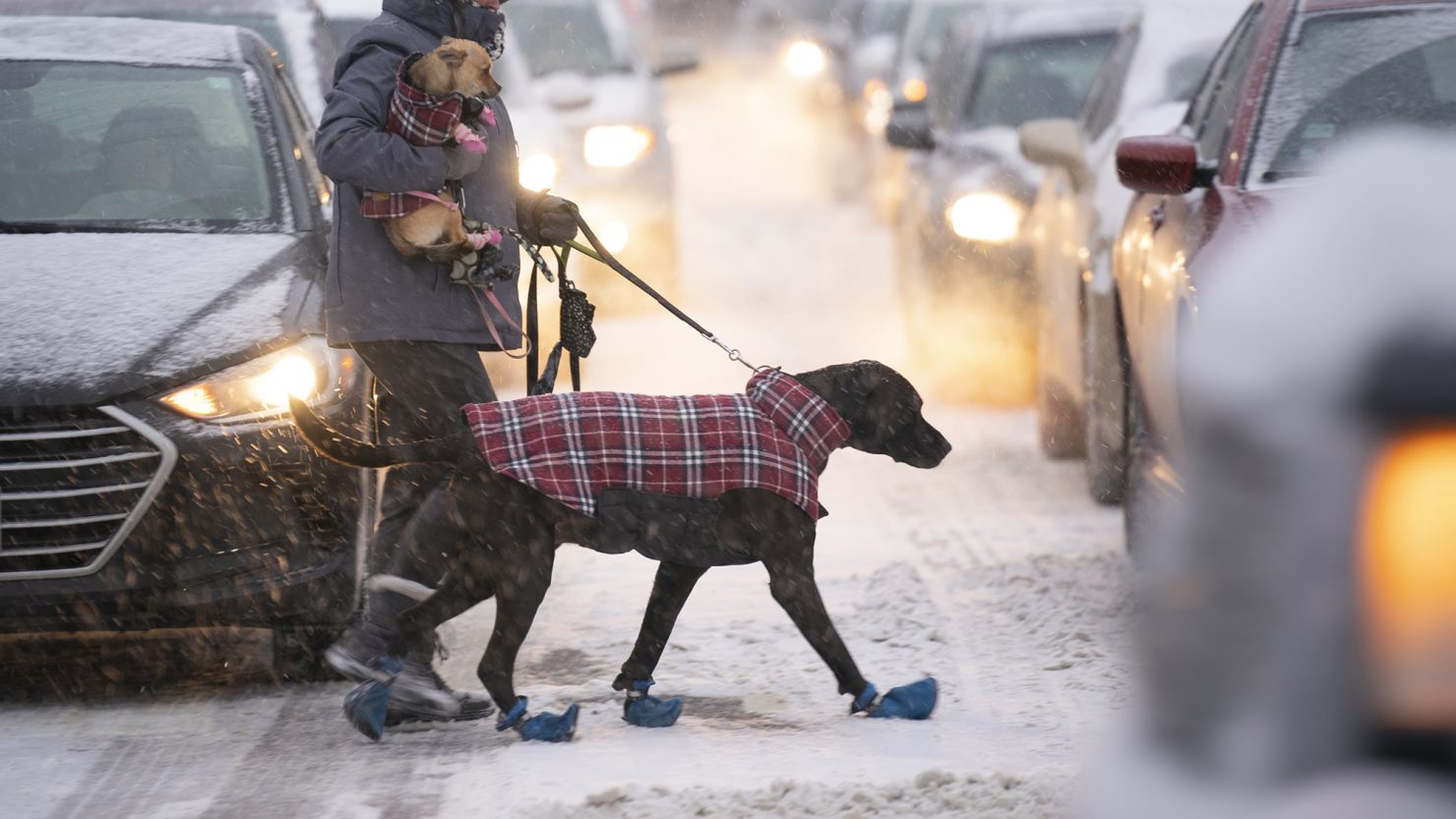In the thick of a Minnesota winter, it’s not uncommon to see dogs — especially those of the short-haired, sinewy or small variety — sporting outerwear on their neighborhood strolls or jaunts around the state’s many lakes.
While the idea of canine couture may conjure images of Halloween costumes or society dogs dressed to the nines, dog coats have become a serious business: Not only are they a sturdy leg of a booming multibillion-dollar pet products industry, but they also symbolize the evolution of humans’ relationships with their pets.
But all this begs the question: Does your dog need a coat?
What the doc says
The short answer: It depends on a variety of factors, including a dog’s breed, its own coat, size, age, health and circumstance, Dr. Jerry Klein, chief veterinary officer at the American Kennel Club, told CNN. Smaller dogs are typically more sensitive to cold than larger dogs, especially being closer to the ground, Klein said.

The breeds’ type of fur — whether single-coated, double-coated, hairless or thinning — is a significant factor, as double-coated dogs have an undercoat that helps keep them warm in the winter.
Geriatric dogs and very young ones benefit from the additional warmth, especially if they have underlying health issues that affect how they can regulate temperature, or if they’re diabetic or have osteoarthritis, he said.
“Trust me, I’m a 70-year-old man; I don’t like the cold so much anymore either,” he said.
From high-fashion to high-performance
There’s evidence of dog fashion and clothing throughout history — from the ancient Egyptians and 19th-century Paris dog boutiques to early 20th-century photographs of dogs wearing clothes. But what they were wearing changed radically over time.
A fitting parallel can be found in the history and evolution of the dog collar, said Alan Fausel, curator of the AKC Museum of the Dog in New York City, which last year hosted the exhibit “Identity & Restraint: Art of the Dog Collar.”
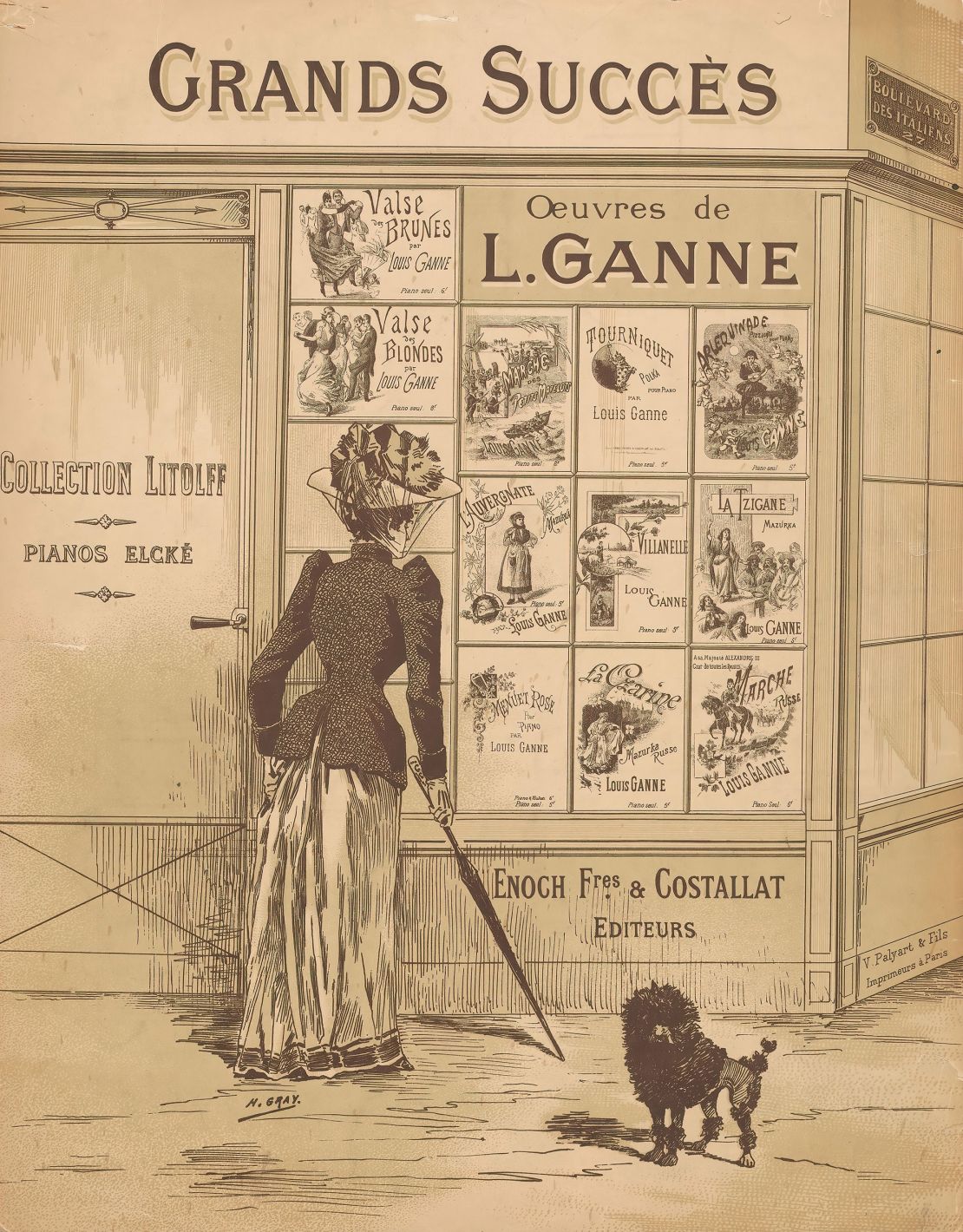
The traveling exhibition of 187 collars showed the progression of dogs from utilitarian hunters and helpers in the field to indoor members of the family.
“You see these paintings from the 17th century, often difficult in the museum to display, that are of bloody, violent dogs,” Fausel said. “Then you turn a couple of pages [in an art book], and all of a sudden, there are these same dogs in your living room. So, it’s domesticity that changes the arc of the manufacture and the quality of the item.”
In the 1600s, when dogs were used in pack hunts of large quarry (bears, boars, stags, etc.), the canines would wear spiked iron collars for protection. In the coming centuries, collars took on a softer, decorative form and were made from materials such as brass, Tiffany silver and gemstones.
In recent decades, there have been some memorable canine attire examples in popular culture: Bruiser Woods’ fetching pink-hued wardrobe in “Legally Blonde;” Frank the Pug’s sharp suit & tie in the “Men in Black” films, or Eddie’s bright yellow rain slicker on a stormy Seattle episode of “Frasier.”
And scrolls through TikTok and Instagram today show fashionistas and paw parents alike playing dress-up with their pet squirrels, miniature pigs and the most tolerant of cats.
The dachshund wears Prada
The dog apparel business of 2024 offers many choices and caters to all kinds of pet owners: One could pony up for a $1,000 Gucci or Prada coat or spend a couple of ten spots for a weatherproof coat on Chewy.
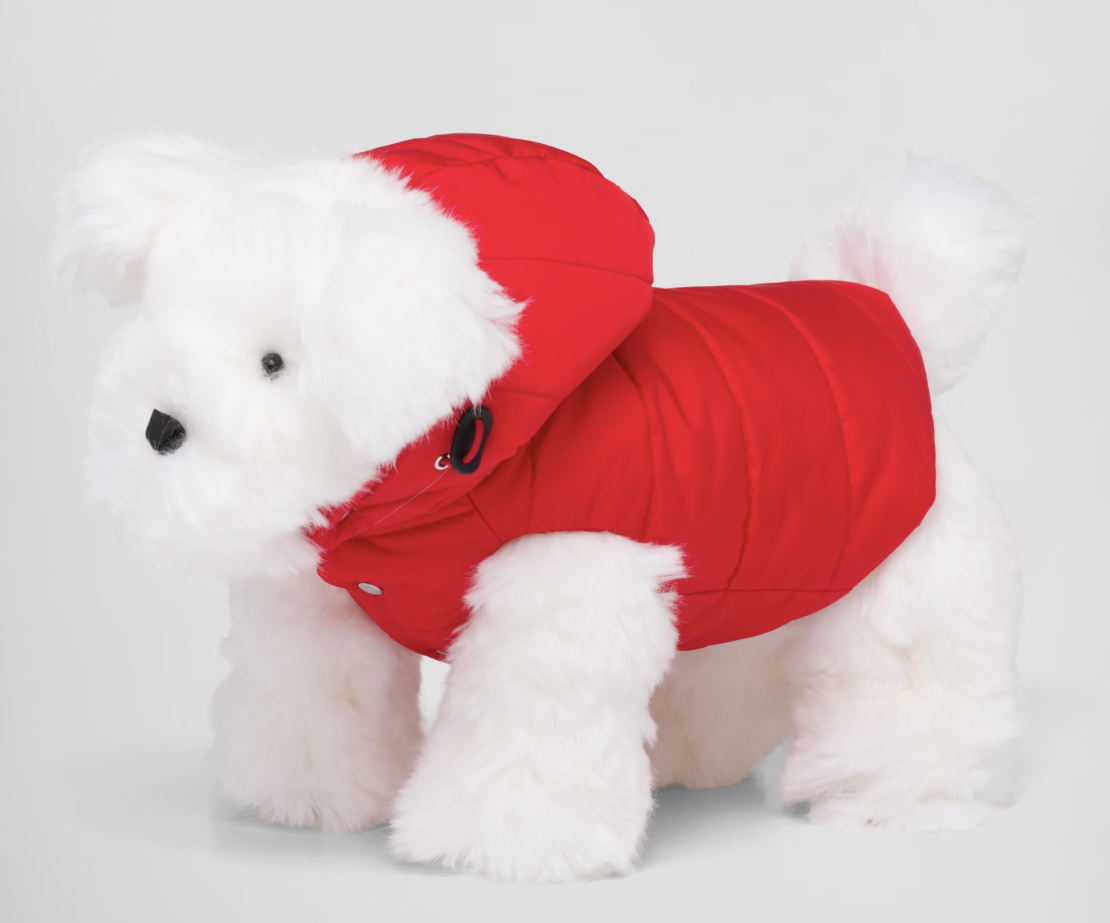
But the transition from Fifth Avenue high-end and high fashion to high-performance and technical function has certainly accelerated in recent decades.
Bend, Oregon-based Ruffwear is one member of a large pack of firms that sit at the intersection of the pet products industry and the outdoor gear industry.
“We approach the dog apparel as we would outdoor apparel for humans in the sense that we’re looking for outdoor fabrications, outdoor innovations and technologies, and ways to be able to contribute to the comfort of any of our dogs,” said Peter Kearns, Ruffwear’s director of product.
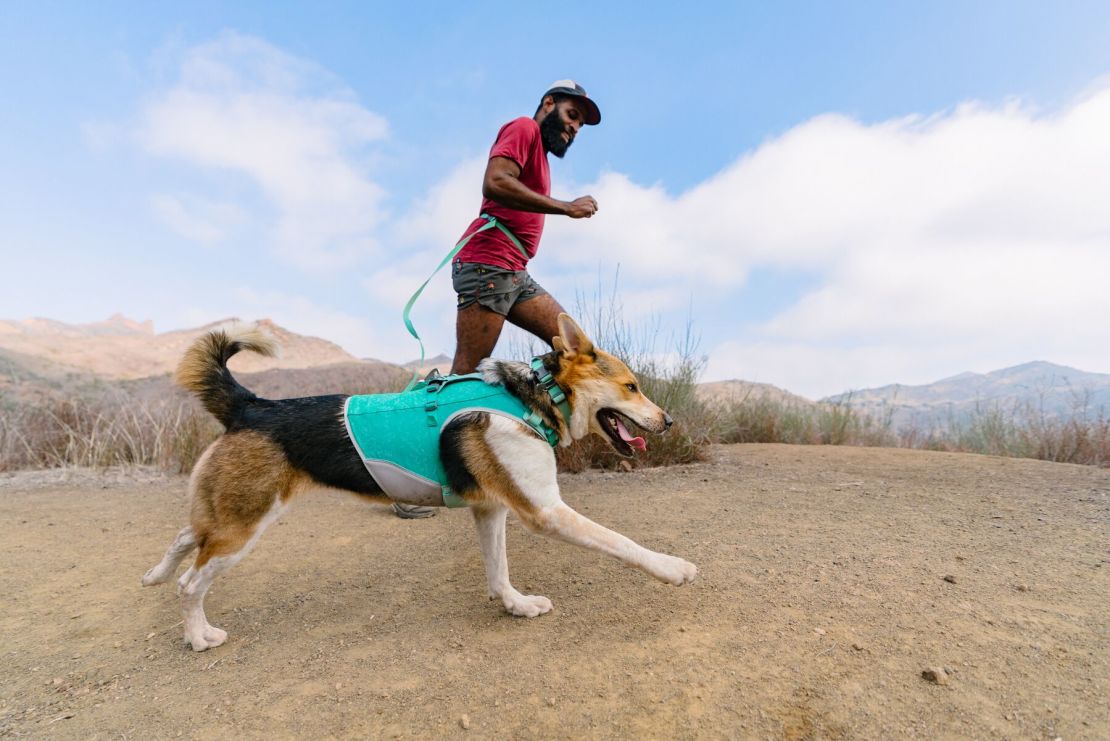
“There’s this continued trend around dogs as family,” he added, “and when taking them on vacation [or other excursions], you need to be prepared, and you need to prepare your dog.”
Pets and the pandemic
Since 2020, that trend has intensified. The Covid-19 pandemic resulted in people spending more time at home with their pets as well as adopting new companions; as a result, pet product sales boomed.
Pre-pandemic, spending on pets had increased slowly and steadily following the Great Recession, growing from $46 billion in 2009 to $75 billion in 2019, according to the American Pet Products Association.
The pandemic effect was huge: Spending soared to $104 billion in 2020. It’s since bounded up to $148 billion to end 2023 and is expected to hit nearly $280 billion in 2030, according to the APPA, which does not break out apparel sales.
Voyagers K9 Apparel, a Tacoma, Washington-based maker of jackets for 25 dog breeds, has seen some tailwinds from the pandemic.
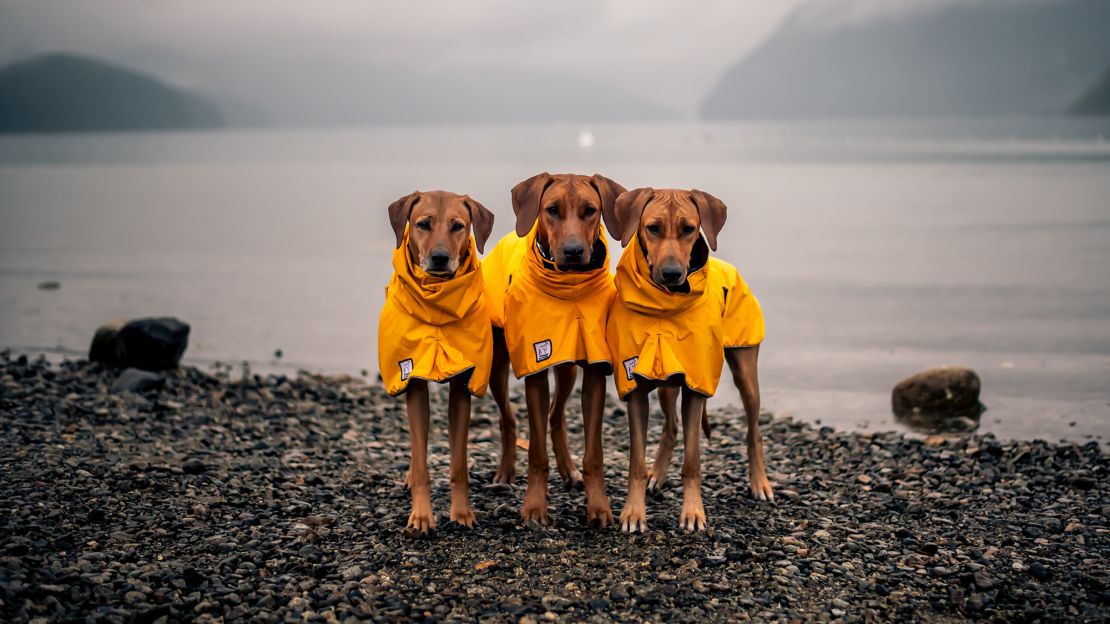
“People were adopting more dogs, and people were home with their dogs more, but the other one that I think we sometimes overlook, and is really more core to our business, is how much people were getting outside with their dogs,” said Joe Hafner, who bought the company last year from its longtime owners.
“Post-pandemic, people continue to hold onto that love and respect for nature and taking their dogs with them on those long walks, those long hikes,” he added.
In addition to the simmering consumer trends, the shifting climate patterns (including truncated winters) and more extreme weather events have prompted Voyagers to introduce a line of cooling coats this summer, he said.
“If your intent with your dog is to protect them from weather and protect them from extreme heat or extreme cold, there’s a place in the market for functional wear of that type,” Hafner said. “That being said, there’s plenty of great reasons to dress your dog up for Halloween or a walk around New York City in their stately duds. That’s not the market that we are serving, but I think there’s certainly a place for that, too.”
Coats for peace of mind?
At Nature of the Dog Boarding and Daycare facility in Ada, Michigan, owner Jackie Moord has seen a steady increase of the coat-wearing canine clientele.
“There are a lot of different styles for these jackets now, so maybe it’s some of that which is kind of fun (for owners),” she said. “But mainly, I think it creates peace of mind for people. Sending your dog to daycare in a coat just kind of helps with that peace of mind that they’re taking good care of the dog.”
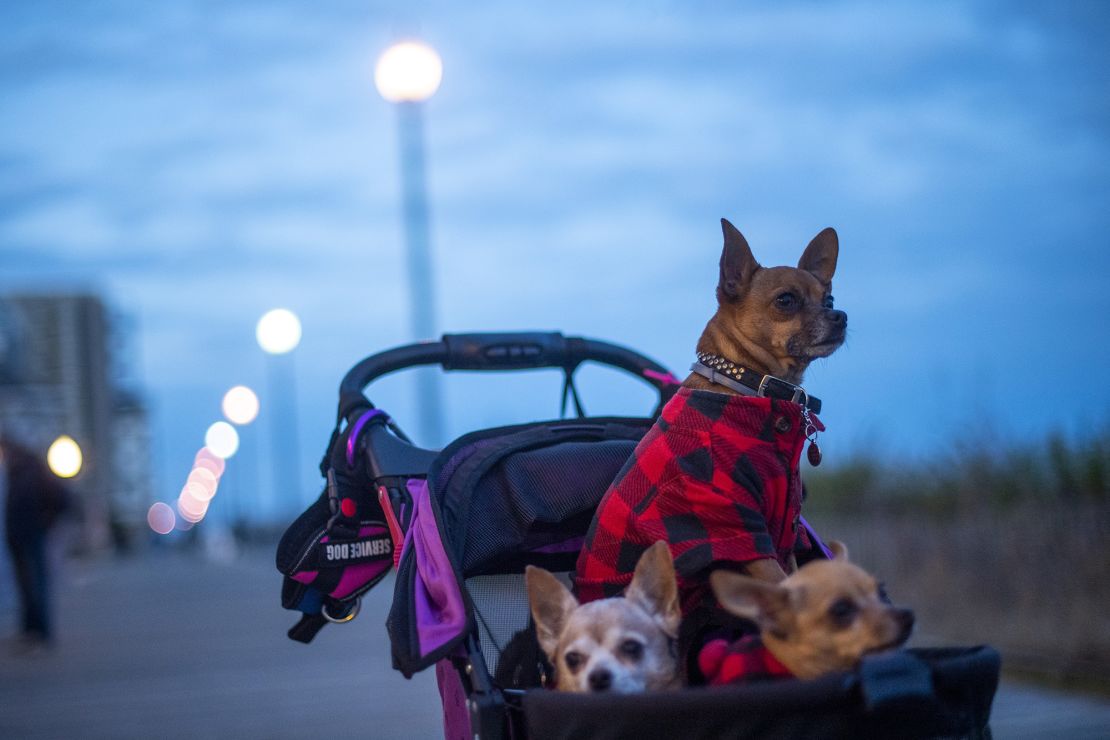
In Anoka, Minnesota, Nicole Wheatley has made custom fleece pullovers for dogs since 2012. That’s when she crafted her first coat purely out of necessity, when her Doberman Shanoa managed to chew up an expensive winter coat.
“And I thought, ‘I can’t spend that kind of money again,’” Wheatley said.
The self-taught seamstress sewed together some fleece to keep Shanoa warm and shared the final results on the Doberman owners’ forum she co-moderated.
“They were like, ‘Oh, those look nice could you make one for me?’” she said.
“And then, it just kind of spiraled.”
Homespun threads
Flash-forward to 2024, and the one-woman shop of Made by MeadowCat is now Wheatley’s full-time job.
She produces about 1,000 to 1,300 custom coats annually, priced generally between $40 and $75, that are made for a variety of dogs, including some unlikely breeds. For example, Wheatley crafted a bright fluorescent orange coat for a resident in Minnesota’s Northwoods who feared their Husky could get mistaken for a wolf.
Over in Muncy, Pennsylvania, a Doberman named Drogo has more than 50 Made by MeadowCat coats, said Lois Katchur, who was one of Wheatley’s first customers.
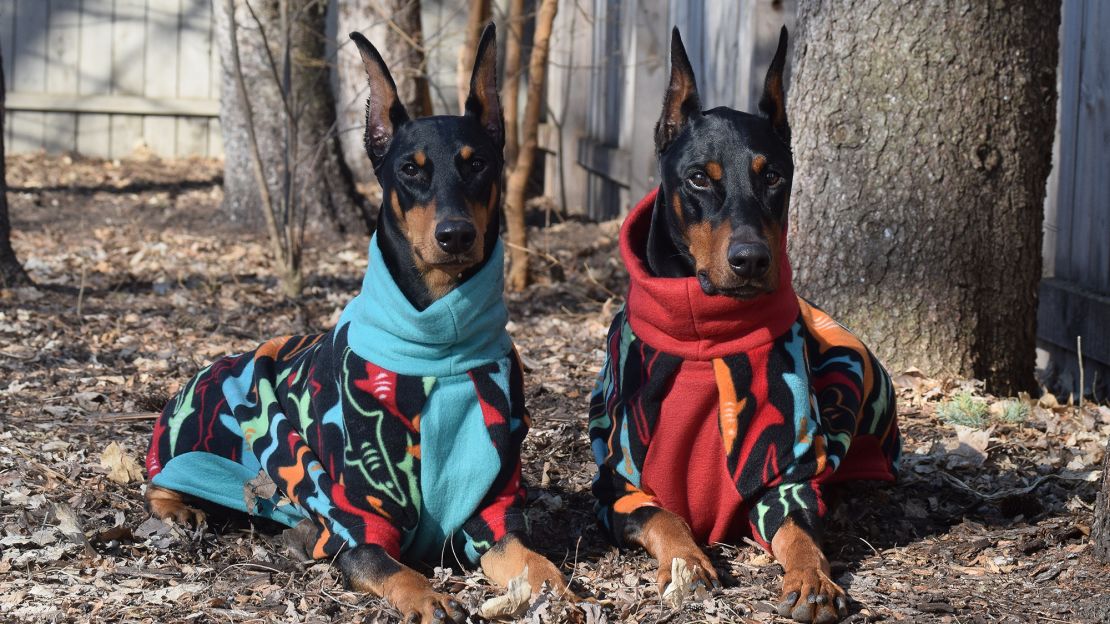
Some of Drogo’s coats are hand-me-downs from Katchur’s previous Dobermans, and many are tailored for the 88-pound pup named after the “Game of Thrones” Dothraki warlord. (One coat, fittingly, features fire-breathing dragons).
Doberman Pinschers — along with sleek breeds like Greyhounds and Whippets — are prime candidates for dog coats because of their short hair, thin skin and minimal body fat.
On a recent February morning in Wheatley’s home office, her Dobermans, Leon and Sypha, contently and gently chewed on handmade fleece patchwork blanket toys. Sypha did so wearing a Grumpy Cat pullover.
“She was chilly this morning,” Wheatley explained. “She was sitting next to me shivering and looking at me.”
Tips for pet parents
Dr. Jennifer Bruns, doctor of veterinary medicine at PetSmart Veterinary Services, said it’s important to monitor your dog for signs such as shivering or general discomfort to determine when a coat is in need.
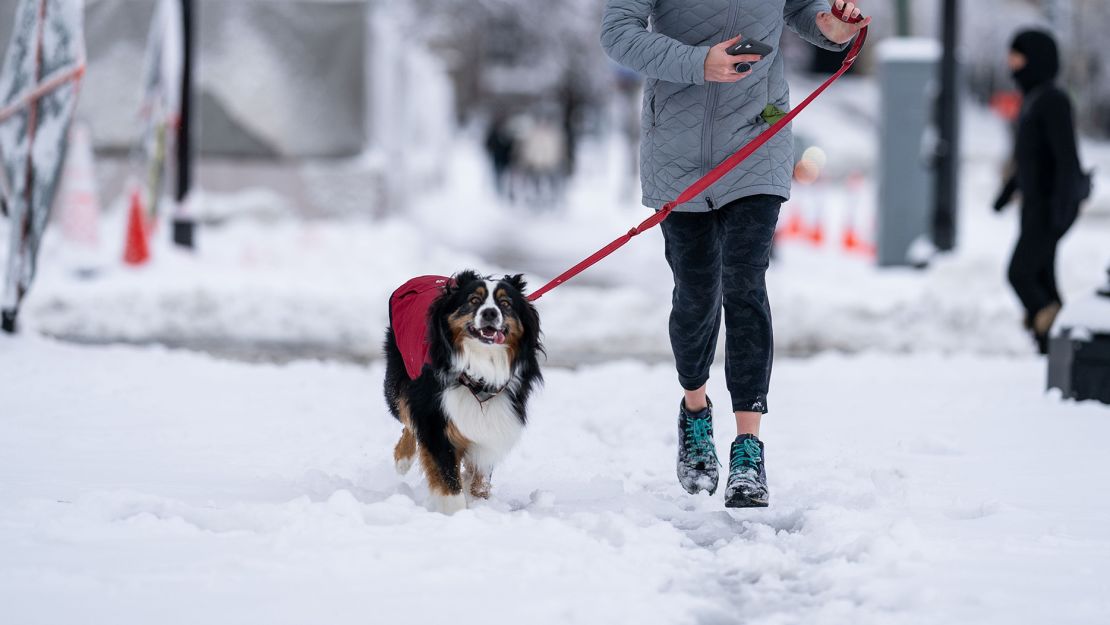
“In all situations, introduce the coat slowly as it might take a few times for your dog to get adjusted to wearing it,” Bruns wrote via email. “Make sure the coat fits well for safety and they’re supervised while wearing the coat. Consider coats with reflectors for nighttime safety.”
Coats also can help calm a dog during anxiety-inducing situations like the Fourth of July or keep dry during rainstorms. Beyond coats, winter wear such as boots are beneficial in protecting paws from frostbite or injuries from chemical de-icers, Klein added.
AKC has additional tips on its website but also recommends to never leave your dog unattended in a car — no matter the season.

